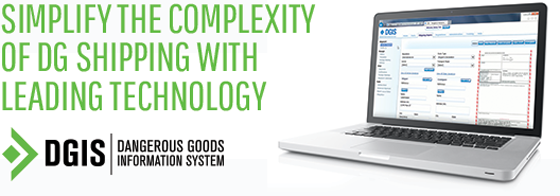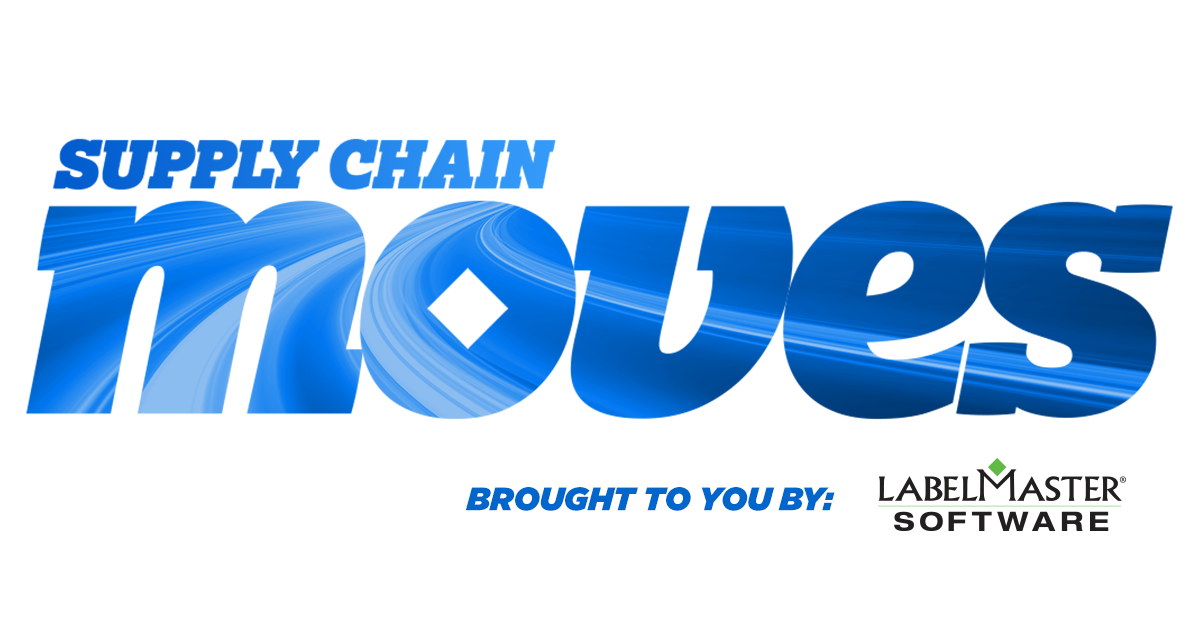

Week of February 17, 2019
Linking technology news with Dangerous Goods compliance
The supply chain greatly impacts an organization’s overall performance, and managing dangerous goods safely and compliantly as part of its operations adds a greater level of complexity. That’s why it’s more important than ever for companies to have the right technology and processes in place.
To help companies keep a pulse on technology trends impacting business and the movement of dangerous goods throughout the supply chain, Labelmaster has launched “Supply Chain Moves,” a weekly report linking the latest technology news to dangerous goods compliance.
Let’s examine the recent supply chain technology and industry news.
TECHNOLOGY
- How to Ship Lithium Batteries by Air—in 2020 and Beyond: The regulations for shipping lithium batteries have become drastically more restrictive (and confusing) in recent years. Here’s everything you need to know about the current air transport regulations for lithium batteries and devices.
- Overcoming Key Gaps Hurting the Hazmat Supply Chain: Moving dangerous goods in a safe and compliant manner is more important than ever. Unfortunately, several key gaps exist within many organizations’ processes and infrastructure that make this a real challenge.
- Warehouse Mobility Learns New Moves: A decade after Apple trademarked “There’s an app for that,” the warehousing and distribution community is putting the claim to the test as device capabilities and wireless infrastructure converge.
- The Importance of Data in Supply Chains: Data is important to businesses in formulating strategies, streamlining operations and ensuring customer satisfaction. However, data alone isn’t much good unless it’s analyzed, understood and acted upon.
- New Survey Shows that Organizations are Betting on New Technologies to Improve Forecast Accuracy: In today’s volatile and uncertain world, improving demand forecasting is at the top of the agenda. To improve accuracy, many are betting on new technologies like machine learning and demand sensing.
3PL TECH
- Don’t Try to Improve Weak Areas; Outsource Them: Many companies are ill-advised to run their own warehouses and logistics. Hiring a 3PL provider may be a great option.
- 3PL Market – 9% Growth Forecast From 2020 to 2026: The 3PL market is set to grow to over $1.8 trillion by 2026 due to rapid globalization, increasing consumerism and expanding the e-commerce sector.
Technology & Dangerous Goods Compliance
The growth of e-commerce, coupled with the continuing evolution of the supply chain, has made moving dangerous goods in a safe and compliant manner more important than ever. Unfortunately, several key gaps exist within many organizations’ processes and infrastructure that make maintaining a reliable hazmat supply chain challenging, and put their operational efficiency, reputation and bottom line at risk.
Labelmaster’s Pia Jala examined these gaps in a recent article for SupplyChainBrain. They include:
- Dangerous goods functionality of existing technology
- Presence of complete and accurate data
- Ability to handle reverse logistics
- Compliance of carriers and partners
When discussing the gap that exists within the dangerous goods functionality of existing technology, Jala notes, “While technology is pervasive in the supply chain, more than half of dangerous goods pros still rely on manual processes. Not only does this make compliance more challenging and time-consuming, it further contributes to data collection and transparency issues.”
However, she adds that that simply using technology is not a guaranteed fix, as many supply chain solutions lack the necessary dangerous goods functionality. In fact, Labelmaster’s 2019 DG Confidence Outlook Survey found that only 29% of dangerous goods pros say their ERP system possesses the functionality needed, while 41% say their WMS possesses all of the necessary functionality.
The shipping and handling of dangerous goods will only become more difficult as supply chains become more complex, greater numbers of items are classified as dangerous, and regulations continue to emerge and change. In order to ensure regulatory compliance and maintain a smooth, on-time hazmat supply chain, companies must invest in adequate technology, training and infrastructure. Otherwise, they put their supply chain — and, ultimately, the entire business — at risk.
To learn more about dangerous goods software or how to address the gaps within your supply chain partners, visit https://www.labelmaster.com.
Have questions about dangerous goods transport? Call the Labelmaster Regulatory Hotline at 1.800.621.5808.

Labelmaster’s Dangerous Goods Information System (DGIS) is the leading SaaS solution to help companies more efficiently and accurately manage their Dangerous Goods shipments. DGIS validates your Dangerous Goods shipment data against the latest regulations, ensuring a more efficient supply chain and reducing friction found in Dangerous Goods shipments. DGIS is a certified partner/validation solution with ERP, transportation and warehouse management systems.

